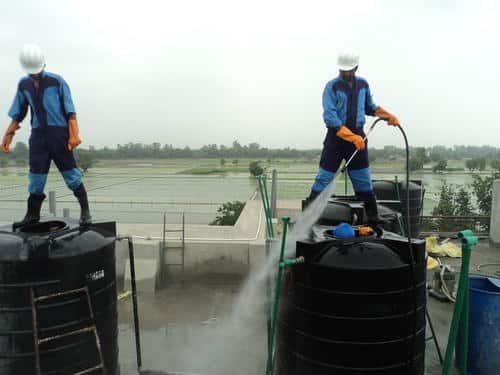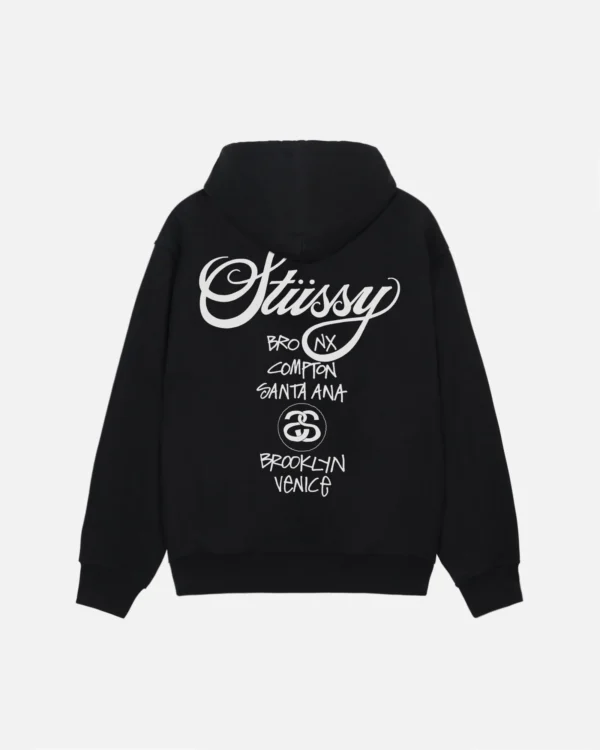The fashion industry is notorious for its impact on the environment. The production of textiles is resource-intensive and generates a significant amount of waste. Consumers are becoming increasingly aware of their choices’ impact and demanding more sustainable options. This has led to the rise of sustainable woven fabrics, including recycled ones.
Recycled woven fabric is made from discarded plastic bottles, cotton scraps, and fishing nets. By using these materials, manufacturers are reducing waste and conserving resources. This article will explore the benefits of sustainable woven fabrics, the process of making recycled woven fabric, and its impact on the environment.
Benefits of Sustainable Woven Fabrics
- Environmental Impact
Traditional textile production uses significant resources, including water, energy, and raw materials. The production of synthetic fibres such as polyester also releases greenhouse gases. Sustainable woven fabrics reduce the environmental impact by using recycled materials and reducing waste.
- Reduced Waste
The fashion industry is notorious for its waste, with an estimated 92 million tons of textile waste generated yearly. Sustainable woven fabrics reduce waste by using recycled materials and minimizing the amount of fabric in landfills.
- Versatility
Sustainable woven fabrics can be used in various applications, from clothing to home decor. They are available in various colours and textures and can be used for indoor and outdoor applications.
- Durability
Recycled woven fabrics are often more durable than traditional fabrics. They are resistant to wear and tear, fade, and shrink, making them a practical choice for clothing and home decor.
The Process of Making Recycled Woven Fabric
Recycled woven fabric is made from discarded plastic bottles, cotton scraps, and fishing nets. The process of making recycled woven fabric involves the following steps:
- Collection and Sorting
The first step in making recycled woven fabric is collecting and sorting discarded materials. These materials are sorted by type and colour to ensure consistency in the final product.
- Cleaning and Processing
Once the materials are sorted, they are cleaned and processed to remove impurities. For example, plastic bottles are shredded into small pieces and washed to remove labels and residue.
- Spinning
The cleaned and processed materials are spun into yarn using a spinning machine. The resulting yarn can be used to make a variety of fabrics, including recycled woven fabric.
- Weaving
The final step in making recycled woven fabric is weaving. The yarn is woven into a fabric using a loom, creating a durable and versatile material that can be used for various applications.
Impact of Recycled Woven Fabric on Sustainability
Recycled woven fabric has a significant impact on sustainability. By using recycled materials, manufacturers are reducing waste and conserving resources. The production of the recycled woven fabric also requires less water and energy than traditional textiles production, reducing the environmental impact.
In addition to its environmental benefits, the recycled woven fabric also has social benefits. Using recycled materials provides a source of income for waste pickers and other informal workers who collect and sort the materials. This creates a more sustainable and equitable supply chain.
FAQs
Q: Is recycled woven fabric less comfortable than traditional fabrics?
A: Not necessarily. Recycled woven fabric can be made from various materials, including cotton and polyester, commonly used in traditional fabrics. The texture and feel of recycled woven fabric depending on the materials used and the manufacturing process.
Q: Can recycled woven fabric be used for outdoor applications?
A: Yes, recycled woven fabric is durable and resistant to wear and tear, making it suitable for outdoor applications such as furniture and awnings.
Conclusion
Sustainable woven fabrics, including recycled ones, are revolutionizing the textile industry. Manufacturers are creating more sustainable and equitable supply chains by using recycled materials and reducing waste. Recycled woven fabric has numerous benefits, including its environmental impact, reduced waste, versatility, and durability. As consumers become more environmentally conscious, the demand for sustainable fabrics such as recycled woven fabric increases. This shift towards sustainability is good for the environment and the people involved in the production and supply chain of textiles. Sustainable woven fabrics, including recycled ones, are a step towards a more sustainable future.




